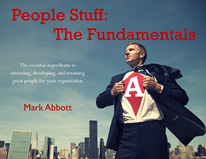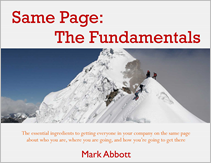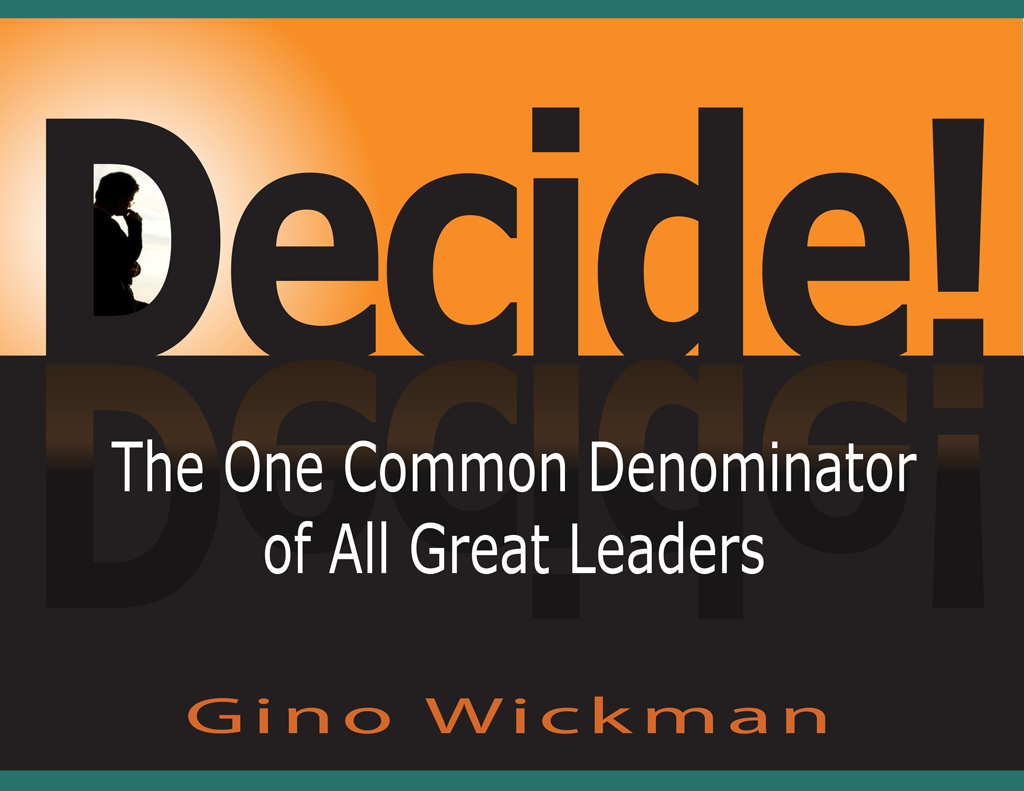Human beings are an interesting lot. As a young man, I was fairly idealistic, but the older I get, the more realistic I become. Today, I guess you could say I am more in the realpolitik versus ideologue camp when it comes to human behavior. The “Rule of Seven” is one of my favorite realpolitik philosophies because it enables me to be at peace with the fact that as leaders, we often have to repeat things seven times before they genuinely sink in.
(Incidentally, Google’s Schmidt and Rosenberg say it takes 20 times according to their great, and very Traction®-like, book How Google Works.)
Truth is, the first time someone hears something — concepts like Core Values or Core Focus™, in particular — it flies in one ear and out the other. Whoosh!
The second time, they say to themselves, “I think I have heard that before,” and then the brain snaps back to wherever it was.
Third time, they actually hear you because most of us need at least three data points to discern any trend, so naturally, we don’t really take anything seriously until someone says it at least three times.
The fourth time is really the first time they fully engage with the concept because it wasn’t until the third time that they actually listened.
And it is typically after sharing something for the fourth time that even the wisest among us need to call upon our internal Zen master and calmly say to ourselves, “Fantastic! I only have to repeat myself three more times before they actually get what I’m saying.”
The fifth time you say it, they have thankfully moved on to not just hearing you, but intellectually engaging with you. Unfortunately, that’s almost always comprised of an all-out effort to find the error in the wisdom you are trying to impart. And we once again call upon our internal Zen master: “Zen. Zen. Zennn.” Because we need to repeat things even to ourselves!
The sixth time you say it, they conclude that what you are saying actually makes sense and that you must mean it since you have said it at least… what, three times?
And finally, the seventh time you say it, the little voice in their head goes, “Enough already, I get it.”
I am not just sharing the Rule of Seven philosophy because I hope you will appreciate the fundamental insight, but also because after you get your senior leadership team all on the Same Page with regard to the answers to the Eight Key Questions, it is now your team’s job to make sure that everyone in your organization is on the Same Page with regard to understanding and buying into the answers to the Eight Key Questions — the answers which now enable you to fill out your simple, but powerful, two-page strategic plan, the Vision/Traction Organizer™ (V/TO™) (download here) that I wrote about many full moons ago.
And guess what? Yep, it’s absolutely going to take sharing your V/TO with every one of your colleagues at least seven times before you and the rest of your senior leadership team have mastered the Vision Component™.
Until next time, may you build with passion and confidence.






